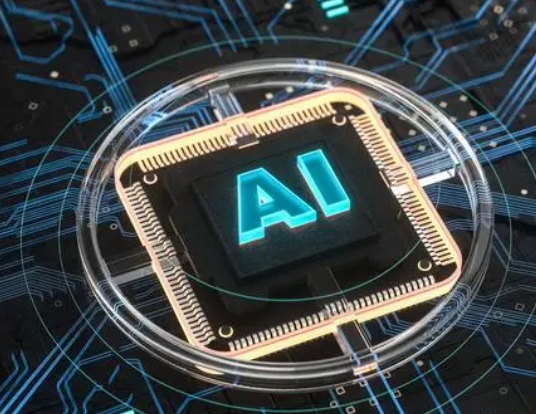What is Generative AI? Future Development Trends of Generative AI
-
What is Generative AI?
Generative AI is a specific type of AI focused on creating new content, such as text, images, and music. These systems are trained on large datasets and use machine learning algorithms to generate new content similar to the training data. This is useful in various applications, such as creating art, music, and chatbot-generated text. The recent viral trend of AI-generated art is an example of generative AI's widespread adoption.

Four Major Advantages of Generative AI
- Generative AI Can Create New Content
One of the main benefits of generative AI is its ability to generate new content, such as text, images, or music. This can be used to create new forms of art, music, and other creative expressions, as well as generate data for training machine learning models.
- Generative AI Improves Efficiency and Productivity
By automating content generation, generative AI can save time and reduce the need for manual labor. This enhances efficiency and productivity across various fields, from news and content creation to data annotation and analysis.
- Generative AI Enhances Content Quality
With advancements in machine learning and natural language processing, generative AI has become increasingly sophisticated, capable of producing high-quality content that is difficult for humans to distinguish from human-created content.
- Generative AI Enables New Applications and Uses
The ability of generative AI to create new content opens up many possibilities for innovative applications. For example, it can be used to create personalized experiences, such as tailored news articles or customized music recommendations.
Three Major Future Trends in Generative AI
- Growing Enterprise Demand for Generative AI, Expanding Market Potential
According to a Gartner survey, most enterprise IT managers believe that computer vision, particularly applications serving production and business operations, will be a key investment focus in the future.
- Generative AI Will Drive the Popularity of Smarter, Lower-Cost Robots and Virtual Assistants
Advances in deep learning and content generation technologies enable chatbots and virtual assistants to automate routine tasks traditionally performed by humans. As AI matures and technology continues to evolve, more intelligent chatbots will emerge.
- Generative AI Will Fundamentally Shape the Self-Updating Metaverse
Alongside virtual reality (VR) and augmented reality (AR) technologies, AI-generated synthetic content will form the foundation of virtual worlds. The metaverse will require more AI-generated content that can be created, maintained, and updated quickly and at low cost, helping creators monetize content through a novel self-updating mechanism.
Generative AI's ability to create new content opens up many possibilities for innovative applications. For example, it can be used to create personalized experiences, such as tailored news articles or customized music recommendations.
The integration of technological advancements with real-world scenarios is driving the rising potential of generative AI applications. Unlike other technologies, generative AI is closer to commercialization.
In the cultural sector, where content is the primary medium, generative AI serves as both a production factor and a production tool. In the retail and commercial sectors, where physical goods are the medium, generative AI transforms into the best interactive experience technology, supporting digital commerce in achieving growth driven by customer experience and scenario-based engagement. As a result, its applications are gradually expanding into industrial manufacturing visualization and commercial service visualization, enabling lean and intelligent flexible production and facilitating the evolution of business models.
